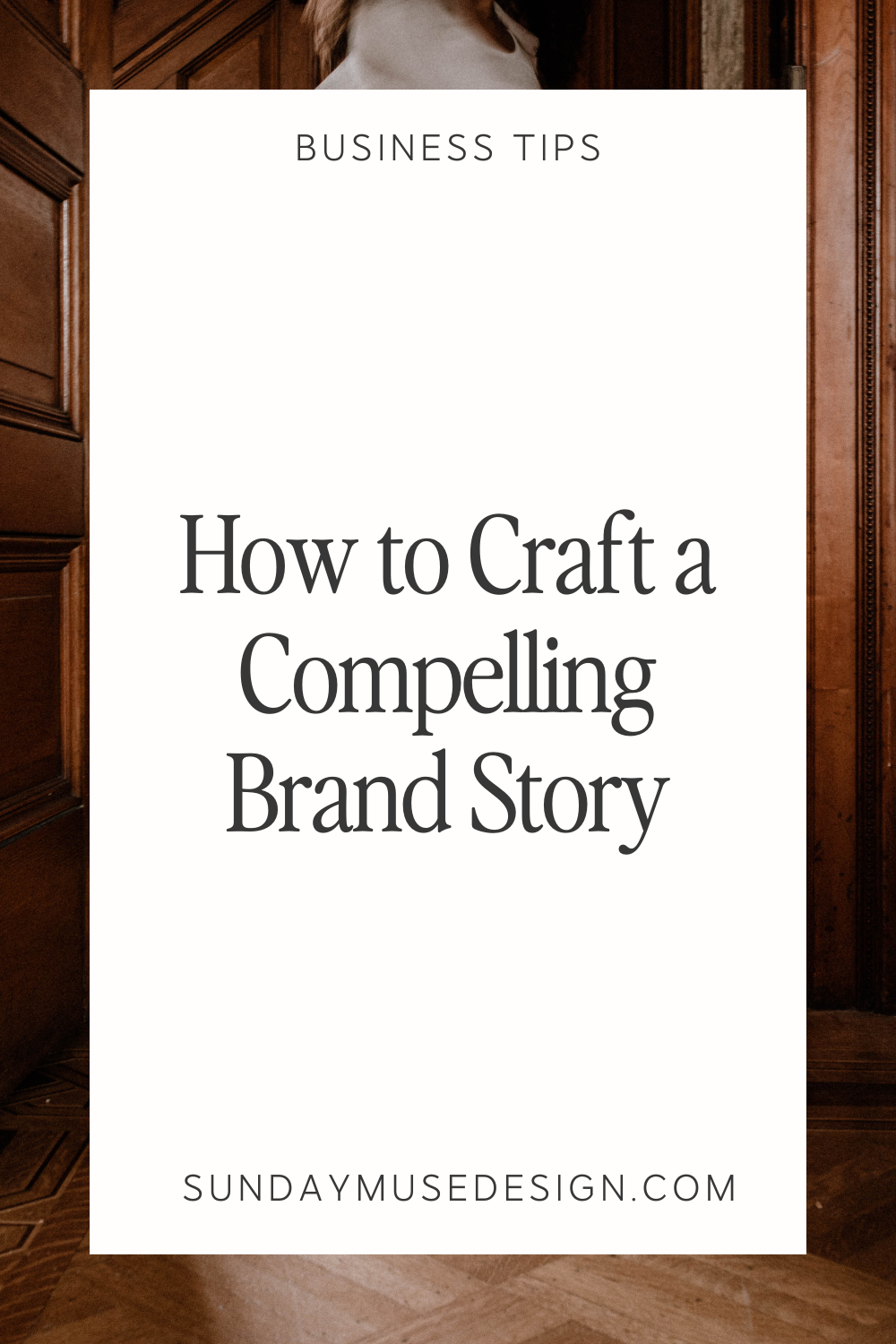
Brand Storytelling: How to Make Your Business More Than Just a Name
Ever wonder why some brands just stick with you? Like, you see their logo or hear their name, and instantly you get the vibe? That’s the magic of brand storytelling—and it’s way more than just a buzzword. It’s what turns a business into something people want to be part of.
You know the feeling when you’re binge-watching a show, and the story’s so good you forget to blink? That’s what you want your brand to do for your audience. You want them to connect with your story so deeply that they choose you, not just for your product or service, but because of how you make them feel.
So how do you create that story? Let’s dive into the elements of a compelling brand story and the techniques for telling it, because spoiler alert—it’s not just about throwing your logo on stuff and calling it a day.
Elements of a Compelling Brand Story
The Why
Every compelling brand story starts with a “why.” Why did you start your business? What problem were you trying to solve? People connect with businesses that have a purpose bigger than just making a profit. Your audience wants to know why you do what you do.
Think about brands you love. Chances are, you can sum up their story in a sentence that goes beyond, “They sell X product.” For example, TOMS isn’t just a shoe company; they’re about giving back. Their “why” is woven into every pair of shoes sold. So, what’s your why?
The Hero (Spoiler: It’s Not You)
Here’s where things get interesting: in your brand story, your customer is the hero, not you. Your job? To be the guide. You’re Yoda to their Luke Skywalker, providing the tools, resources, and solutions they need to succeed.
Positioning your customer as the hero shifts the narrative. It’s not just about your product—it’s about how your product or service makes your customer’s life better. For instance, if you’re a photographer, your client isn’t the one capturing moments with their loved ones—they’re building memories. You’re simply there to help them remember these moments forever. Show them how your brand fits into their life story and helps them achieve their goals.
Conflict & Resolution
Great stories have conflict. It’s what hooks people in and keeps them interested. For brands, the conflict is often the problem your customer faces. The resolution? That’s where you come in.
Let’s say you’re a business coach. The conflict might be that your client feels stuck, unable to scale their business or manage their time effectively. The resolution is your guidance that helps them streamline their operations, set actionable goals, and actually achieve them. The problem-resolution dynamic is key to telling a story that resonates.
Authenticity
Here’s the thing: people can smell inauthenticity from a mile away. Your story needs to be real, not some corporate jargon-filled manifesto. Don’t be afraid to get personal—share the highs, the lows, and the lessons you’ve learned along the way. This vulnerability will humanize your brand and make it relatable.
Authenticity is about showing your audience that you’re not just a business; you’re a group of real people who care. It’s less about “polish” and more about “real talk.”
>
“People connect with businesses that have a purpose bigger than just making a profit”
Techniques for Telling Your Brand Story
Consistency Across All Touchpoints
Your brand story should flow through every part of your business. From your website copy to your Instagram captions to your customer service emails—everything should reflect your brand’s core story and values. When there’s a clear narrative thread throughout your brand, it creates a cohesive experience that customers can connect with.
Think of it like this: you don’t want someone to read your website, follow you on Instagram, and wonder if they’re looking at two different businesses. Keep it consistent, but don’t make it robotic. Let your brand’s personality shine in every touchpoint.
Show, Don’t Tell
You’ve probably heard this one before, and for good reason. Instead of telling people you care about customer service, show them through stories of how you went above and beyond for a client. Instead of saying your product is “life-changing,” share testimonials or case studies from customers who’ve seen real results.
When you show instead of tell, your audience doesn’t feel like they’re being “sold to.” They get to experience the benefits of your brand story firsthand, which is way more impactful.
Use Emotion
The most memorable stories evoke emotion. Whether it’s nostalgia, excitement, or a little bit of FOMO, tapping into your audience’s emotions makes your brand unforgettable. Take them on a journey—one that makes them feel something.
Humor, inspiration, and even a little vulnerability can go a long way in making your brand more relatable and engaging. Just make sure the emotions you evoke align with your brand’s overall vibe.
The Role of Visuals and Design in Brand Storytelling
Visuals are a huge part of how your brand story gets told. Think of them as the supporting cast in your story—they set the mood, reinforce your message, and help bring your narrative to life.
Brand Design
Your logo, colors, fonts, and overall aesthetic all contribute to your brand’s story. Are you sleek and modern or warm and approachable? These design choices should align with the story you’re telling. For example, a fun and quirky brand might use bright, bold colors, while a luxury brand might stick to a more muted, elegant palette.
Website Design
Your website is often the first impression people get of your brand, so it needs to reflect your story clearly and instantly. Is your story about simplicity and ease? Then your website should be user-friendly and streamlined. Is your story about innovation? Make sure your website design feels cutting-edge.
Every element of your website should reinforce your narrative, from the homepage copy to the “About” page to the product descriptions.
Social Media
Social media is like the daily newspaper of your brand’s story. It’s where you share the little moments that make your brand human—behind-the-scenes content, customer shoutouts, and even the occasional meme (if that fits your brand’s voice).
Don’t underestimate the power of visuals in your social media strategy. Strong, branded images paired with captions that reflect your brand story are a killer combo.
Measuring the Impact of Brand Storytelling
So, how do you know if your brand story is working? Simple: check the data. No, really—this part isn’t as boring as it sounds. Measuring the impact of your storytelling involves looking at key metrics like engagement, conversion rates, and customer loyalty.
Engagement Metrics
Track likes, shares, and comments on social media to see how well your audience is resonating with your story. High engagement often means that your story is striking a chord.
Conversion Rates
If your website or marketing campaigns are telling your story effectively, you should see an uptick in conversions. This could be anything from email sign-ups to product purchases. If people are taking action after hearing your story, that’s a good sign it’s working.
Customer Loyalty
Are people coming back for more? One of the biggest indicators of successful storytelling is customer retention. If you’ve built a brand that people connect with, they’ll be loyal to it.
Brand storytelling isn’t just a “nice-to-have”—it’s a crucial part of building a brand that people care about. By crafting a compelling narrative, using visuals and design to support it, and measuring its impact, you can create a brand that not only stands out but also sticks with your audience.
Ready to start telling your story? Let’s chat about how we can make it happen—whether it’s through strategic branding, a new website, or refining what you already have. Your story deserves to be told, and I’m here to help you do it right.

